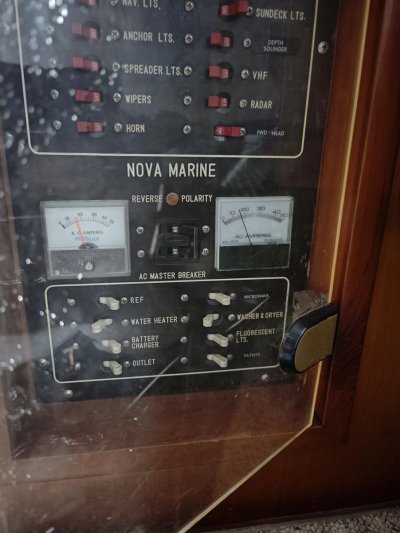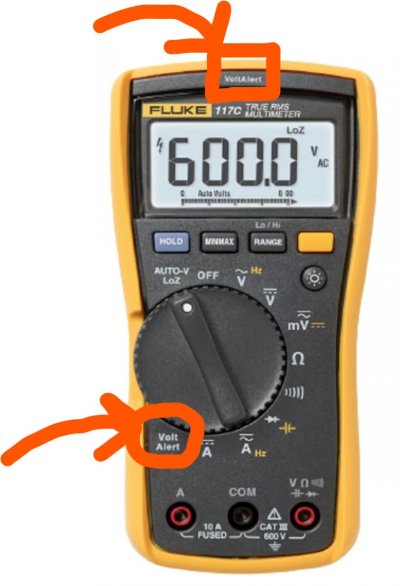paulga
Guru
- Joined
- May 28, 2018
- Messages
- 1,341
- Location
- United States
- Vessel Name
- DD
- Vessel Make
- Marine Trader Sundeck 40'
Thanks.
no worries, I haven't done and don't plan to do any mod to electric wiring system. i'm on boat daily, will keep an eye on the gauges /meters closely and remotely.
no worries, I haven't done and don't plan to do any mod to electric wiring system. i'm on boat daily, will keep an eye on the gauges /meters closely and remotely.
This is the biggest issue for me. If it were just him and his boat parked behind his house - have at it. But in a marina, you have more responsibilities than just your own boat. If one boat catches fire and can't be quickly moved away, it's a near certainty that if it gets out of control, the boats around it will also catch fire, and if the marina is crowded, it could easily burn the whole thing down.
That could ruin the lives of many people and is something no amount of insurance could recover.
In that situation, if you don't know 100% what you're doing - don't do it.


